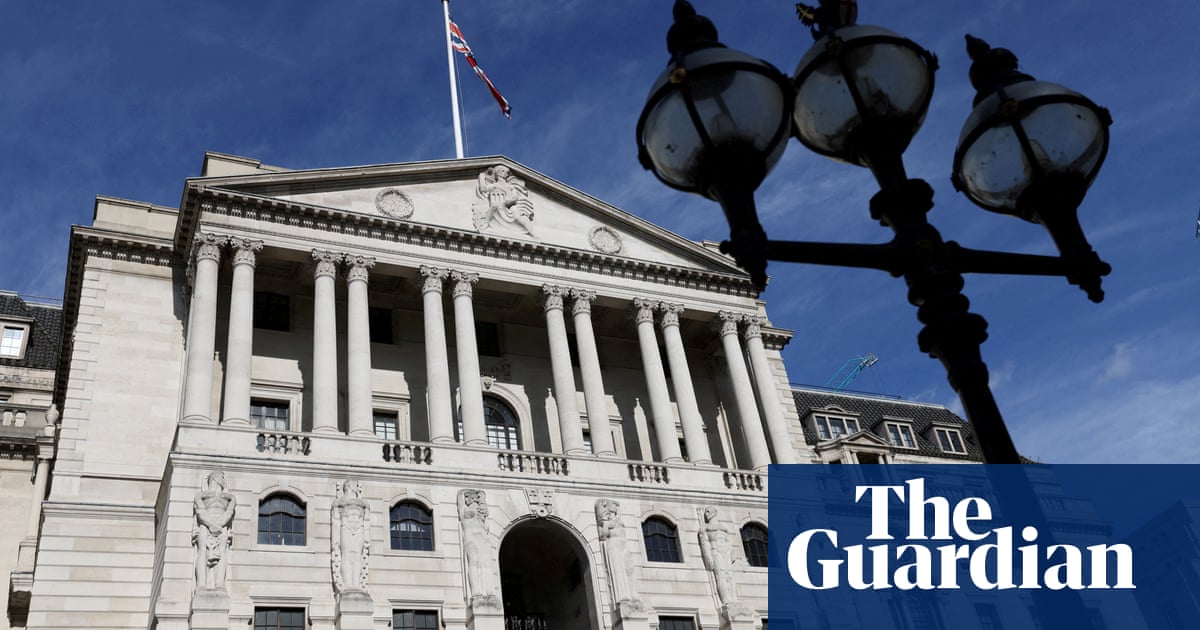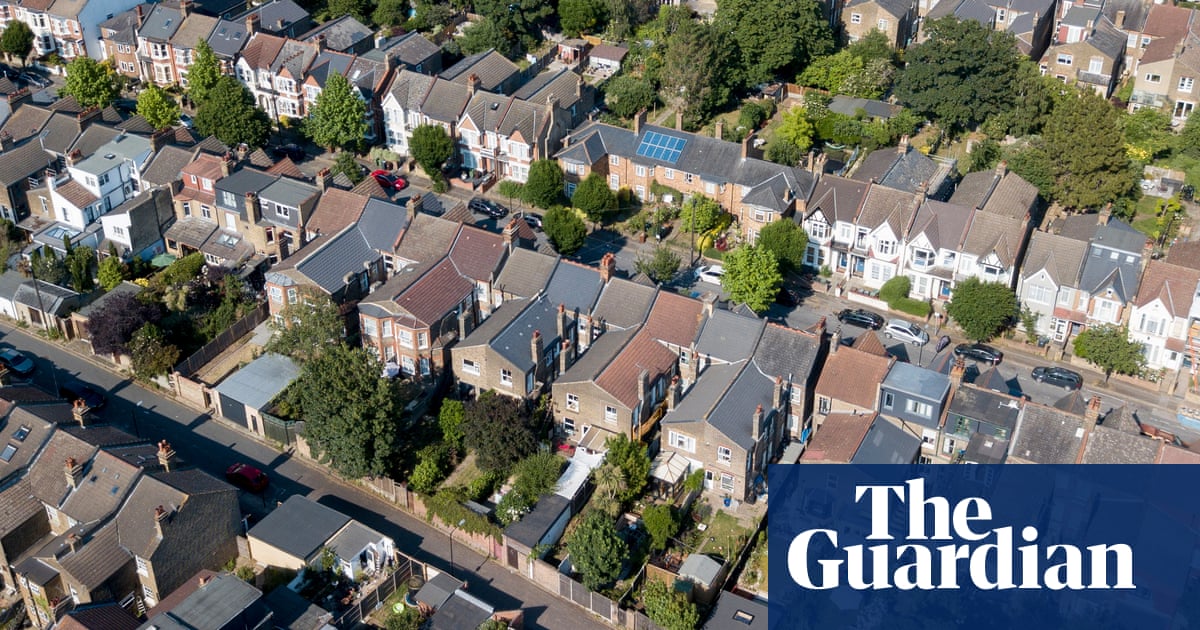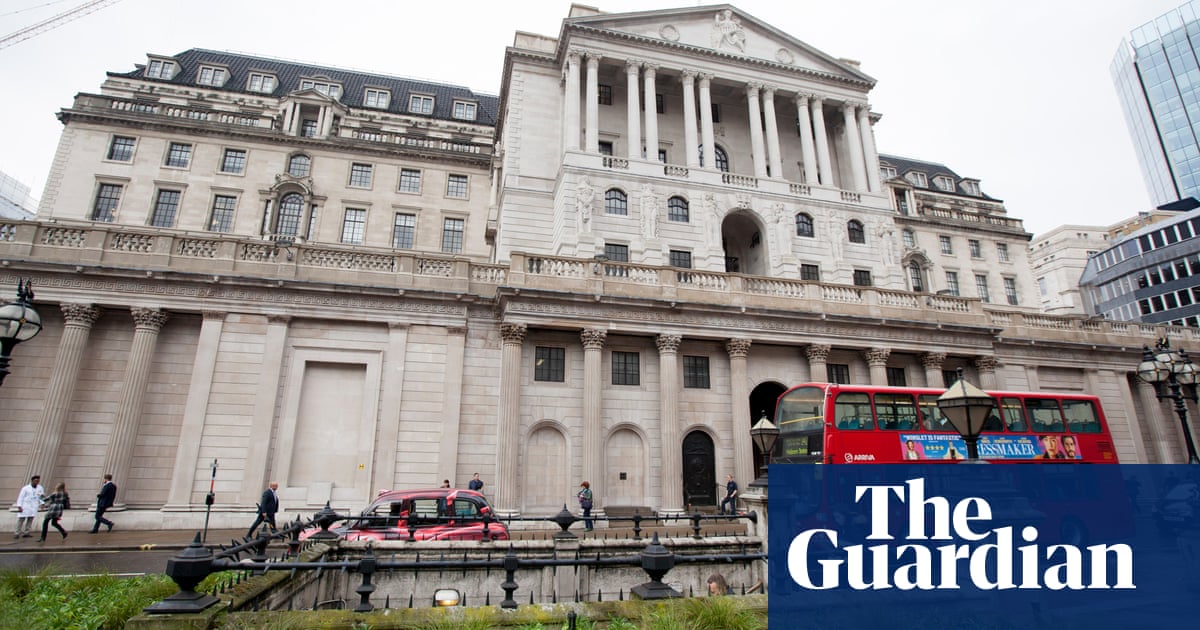
Borrowers will breathe a collective sigh of relief. The Bank of England has cut interest rates by a quarter point to 5% and major lenders are shaving their best-buy mortgage offers in response.
Those wanting to get on the housing ladder should find property slightly more affordable after the cut, which ends a year of ultra-high borrowing costs and is the first rate cut in more than four years.
Small businesses that took out loans to survive the pandemic and the jump in energy costs in 2022 will also be cheered by the reduction, especially as they tend to re-finance their loans more frequently than homeowners and can benefit more immediately.
The interest rate cut followed a fall in inflation to 2% that the Bank’s monetary policy committee (MPC) said reflected a broad slowing of prices growth.
It was also feared a continuing high level of interest rates could dampen economic growth next year, convincing the committee that the economy needed borrowing costs to be slightly lower to prevent it from slipping backwards towards stagnation.
Thursday’s cut was the first since March 2020 and borrowers will hope it is the first of many. But there is little indication that UK interest rates are on a helter-skelter ride back down to the almost zero rates between 2009 and the start of the latest tightening cycle nearly three years ago.
There was an emphasis on modest reductions by the MPC, which voted for a cut by a wafer-thin majority of 5-4.
Ruth Gregory, the deputy chief UK economist at the consultancy Capital Economics, said there was little urgency on Threadneedle Street to cut again soon. “The risks to our forecast are tilted towards cuts being a bit slower and smaller than we currently expect,” she said.
Reductions are most likely going to take effect incrementally over two to three years and the next cut may not come until December, followed by only a few quarter-point notches downwards during 2025. By the end of the Bank’s three-year forecast, interest rates are expected to be 3.5%, well above the pre-Covid level of 0.75%.
Rachel Reeves, the chancellor, is another interested party who will find much of the analysis in the MPC’s report difficult reading.
On the plus side, the Bank believes the recently announced public sector pay rises will have little effect on average pay increases, and therefore are unlikely to be inflationary, after a briefing by the Treasury to the MPC earlier in the week.
The economic growth forecast for this year was revised upwards, more than doubling from May’s 0.5% prediction to 1.25%, reflecting a bigger bounceback from last year’s recession than the Bank initially expected.
However, Reeves wants to reduce the government’s borrowing costs to help her boost growth – her central election promise – but on the prospect of growth in the longer term, the Bank offered only disappointment.
A prediction that the economy will slow from next summer and unemployment will rise, despite downward moves in interest rates, will also undermine positive messages about the UK’s recovery and dampen Reeves’s hopes that growth will help plug some of the budget shortfall.
Her only solace is that the European Central Bank is following a similar path, having cut once in June before waiting to see how the economy reacted.
The US Federal Reserve held rates on Wednesday, and signalled a similar slow, winding path downwards from next month.
Central banks remain wary of inflationary shocks and are going to take their time reducing interest rates, even if it means slower growth and higher unemployment. The risk to their reputation of inflation returning is too much to bear.












